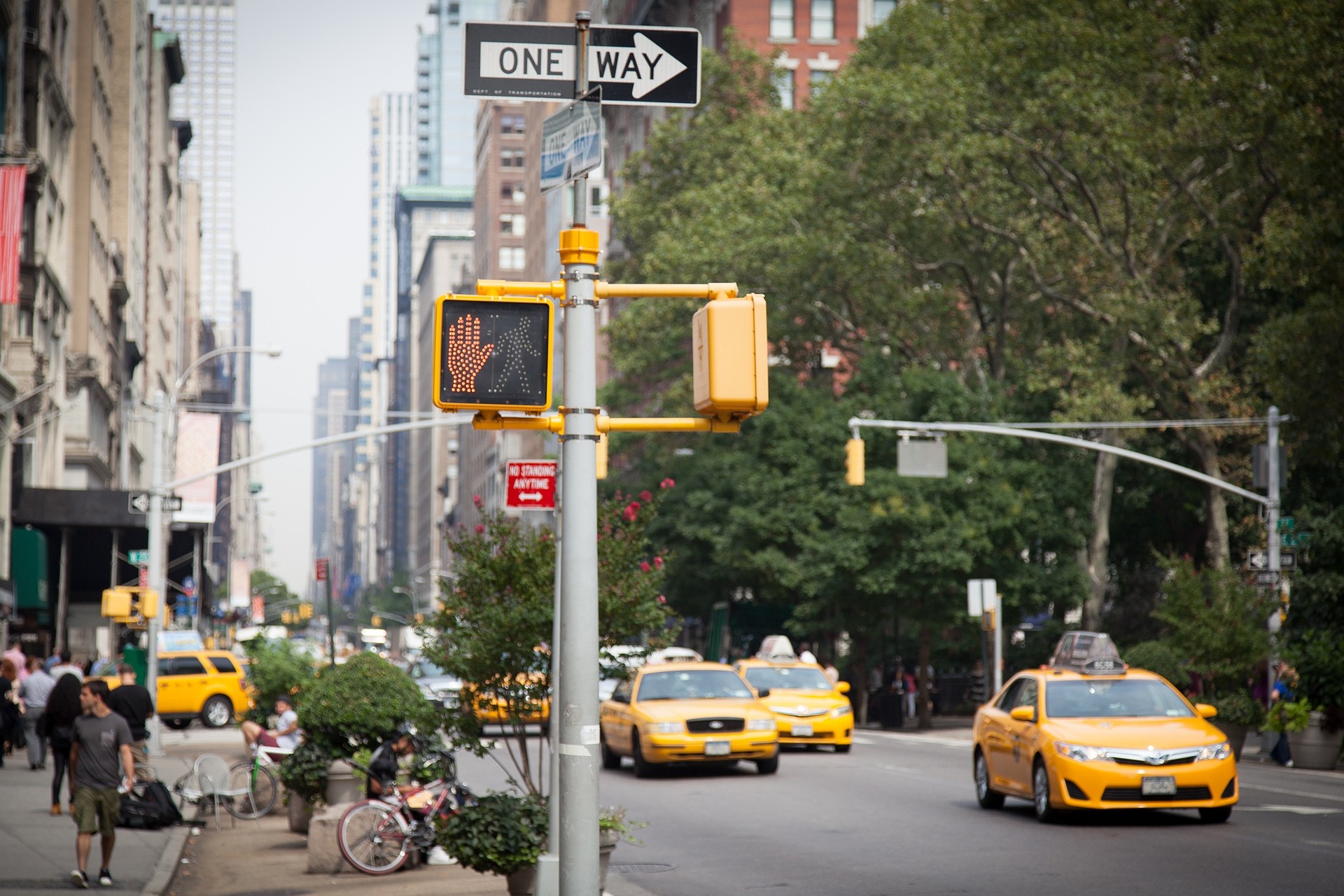"Discovering the Hidden Nooks of Urban Hiking"
Urban hiking, the concept of intense city exploration on foot, has been gradually gaining traction among modern travelers. This novel trend has opened a new window to experience the world’s bustling cities from a different perspective, revealing their secrets and charms in a way that traditional tourism often misses. The blend of physical activity and cultural immersion makes urban hiking a unique travel style. This practice offers a deep dive into the heart of cities, exposing the blend of nature and urban development, and the rich historical narratives that lie beneath the surface.

A Brief History of Urban Hiking
Urban hiking is not a new concept, but it has recently gained popularity as a travel trend. Historically, city dwellers have always walked as a means of transportation, but the modern concept of urban hiking emphasizes exploration and adventure. The idea is to discover hidden gems within the city, whether they are historical sites, unusual architecture, or beautiful natural landscapes unnoticed in the hustle and bustle of city life. This new approach to city exploration is a refreshing departure from traditional tourism, eschewing crowded tourist destinations for quieter, more intimate encounters with a city’s true character.
Current Trends in Urban Hiking
The rise of urban hiking has prompted cities worldwide to create designated urban hiking trails. These routes often combine elements of history, culture, and nature. For instance, in San Francisco, the Crosstown Trail takes urban hikers through diverse neighborhoods, parks, and scenic viewpoints. Meanwhile, in London, the Capital Ring Walk provides a 78-mile circular walk around the city, taking in parks, gardens, and historic sites.
The Advantages and Challenges of Urban Hiking
Urban hiking has several advantages. It promotes physical fitness, reduces carbon emissions, and offers an affordable way to travel. Additionally, it provides a unique opportunity to experience a city’s culture, history, and natural beauty firsthand.
However, urban hiking also presents several challenges. Navigating city streets and public transportation can be complicated, especially in a foreign city. Safety can also be a concern, both in terms of traffic and personal security. Despite these challenges, with proper planning and precautions, urban hiking can be a rewarding and enriching travel experience.
Urban Hiking: Impact on Travelers and Cities
Urban hiking has transformed the way travelers experience cities, encouraging a slower, more mindful approach to travel. It has also prompted cities to invest in pedestrian-friendly infrastructures and green spaces, promoting sustainability.
Urban Hiking Tips and Tricks
-
Plan Your Route: Use online resources to find recommended routes, or create your own itinerary.
-
Dress Comfortably: Wear comfortable shoes and clothing suitable for the weather.
-
Stay Hydrated: Carry water and snacks to keep your energy levels up.
-
Be Safe: Follow traffic rules and stay aware of your surroundings.
-
Take Breaks: Don’t rush. Take time to rest, enjoy the view, and appreciate the city’s atmosphere.
In conclusion, urban hiking offers a fresh perspective on city exploration, blending adventure, fitness, and cultural immersion in a unique travel experience. As this trend continues to grow, it is sure to reshape the future of urban tourism, encouraging travelers and cities alike to embrace a more sustainable, mindful approach to travel.




